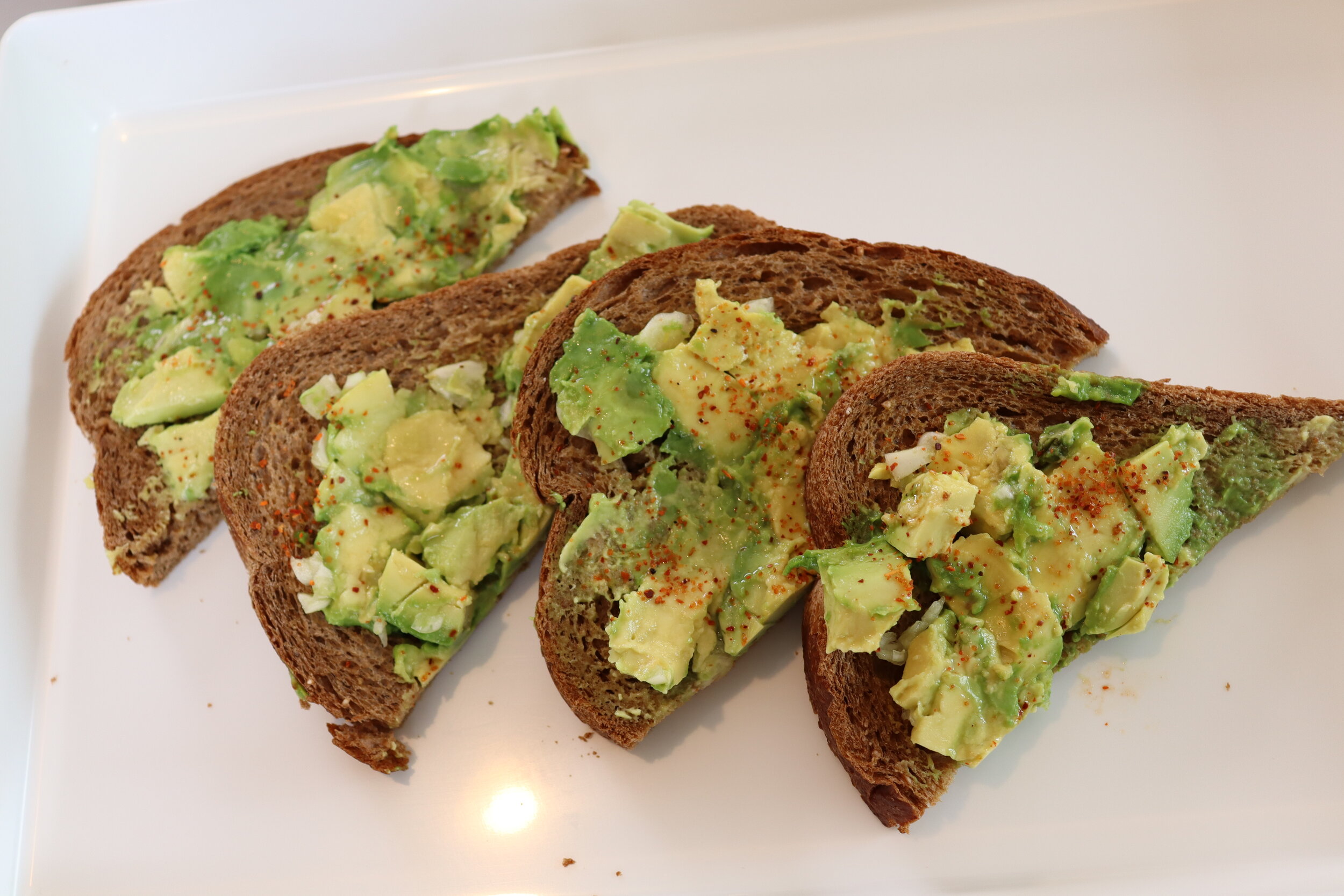Cooking With Chefs
Episode 1
If you haven’t yet, please complete our Pre-Class Survey
Episode 1 Checklist
Click to jump to a section below or scroll down

Handwashing
Dirty hands are the number one cause of food-related illness. Proper hand washing techniques are lifesavers.
You need to wash your hands when you first enter the kitchen and then again after touching surfaces (like the garbage or your phone) and when moving from raw meats to produce. You also should wash your hands after using cleaning products before you go back to touching food. Here are the steps for proper hand washing:
Proper and frequent hand washing is critical before you get started in the kitchen. It's the best way to prevent food poisoning.
Technique for proper Handwashing
Wet your hands with clean, hot, running water.
Lather your hands with soap and rub them together, get the backs of your hands, between your fingers, on your forearms, and under your nails.
Scrub your hands for at least 20 seconds. Hum the “Happy Birthday” song from beginning to end twice.
Rinse your hands well under clean, running water.
Dry your hands using a clean towel or air dry them.
Handwashing Video

Cross Contamination
Your most important job is to prevent spreading germs in the kitchen.
Cross contamination is what happens when bacteria and micro-organisms are transferred from one food or surface to another.
For example, you cut raw meat and then use the same knife or surface or unclean hands to cut vegetables. When you do this, you risk ingesting those harmful bacterias or micro-organisms and getting yourself or others sick
Cross contamination happens 3 ways:
Food to food
Equipment to food
People to food
Prevent cross contamination by:
Properly washing your hands after touching raw meat, petting an animal, using the bathroom, or using your phone.
Washing your tools and surfaces after touching raw meat.
Using a separate cutting board for raw meats and produce.
Using clean sponges and dishcloths.
Cross Contamination Video

Fruit Skewers
Key skills: getting comfortable with the knife in your hand
Fruit Skewers Video
Warning: Knives are inherently dangerous tools and are used at your own risk.
To reduce this risk, plastic serrated knives are provided. However, they are still capable of causing injury. Parent supervision is required when using any knife. If you choose to use a metal knife instead of the plastic knives provided, you do so at your own risk. Until you have learned cutting skills and develop comfort with knives, parents need to be involved in all cutting exercises.

Vegetable Sticks with Tajin
Key skills: making even cuts
Vegetable Sticks with Tajin
Warning: Knives are inherently dangerous tools and are used at your own risk.
To reduce this risk, plastic serrated knives are provided. However, they are still capable of causing injury. Parent supervision is required when using any knife. If you choose to use a metal knife instead of the plastic knives provided, you do so at your own risk. Until you have learned cutting skills and develop comfort with knives, parents need to be involved in all cutting exercises.

Avocado Toast
Key skills: experimenting with flavors
Avocado Toast Video
Warning: Knives are inherently dangerous tools and are used at your own risk.
To reduce this risk, plastic serrated knives are provided. However, they are still capable of causing injury. Parent supervision is required when using any knife. If you choose to use a metal knife instead of the plastic knives provided, you do so at your own risk. Until you have learned cutting skills and develop comfort with knives, parents need to be involved in all cutting exercises.
Assignments for Episode 1
1.
Snap some photos!
Time in the kitchen is about de-stressing, having fun, challenging yourself, and nourishing your mind, body, and soul. Our hope is that you find great pride in your efforts after each lesson. We also want you to learn and grow! Take a photo of your recipes and share them with the group. After each episode, you'll be talking with your group about what went well and where you were challenged.
Feeling a little extra?
Upload your pictures to Instagram and tag @sdchefsdecuisine
or email them to cwc@sdchefs.org
2.
Chef's reflections
Chefs take notes! Each experience in the kitchen will provide you with wins and some fails. Writing down what you liked and where you can improve will expand your chef skills and guide you toward your own culinary creations. Start a chef's journal, you'll continue to use it years from now.
Questions
What worked well with each recipe?
How can you make the recipe your own while still keeping it healthy?
How can you make the recipe your own while still keeping it healthy?
3.
Share your Weekly “Wow!”
Here’s your chance to tell us about something that struck you in the video. Maybe it was something the chef said or an idea for how you can improve the look, or the texture or the taste of your dish. Write down your response in your Workbook and feel free to share with us by emailing cwc@sdchefs.org
Episode 1 Handout & Recipes
We’ve created a printable Handbook for each episode of Cooking With Chefs which includes all the recipes!
You can find this Handbook in your ingredients package or download and print it from here.

Great Job Chef!
This concludes Episode 1 of Cooking with Chefs.
Check back with our Program Homepage on February 22nd our next episode




